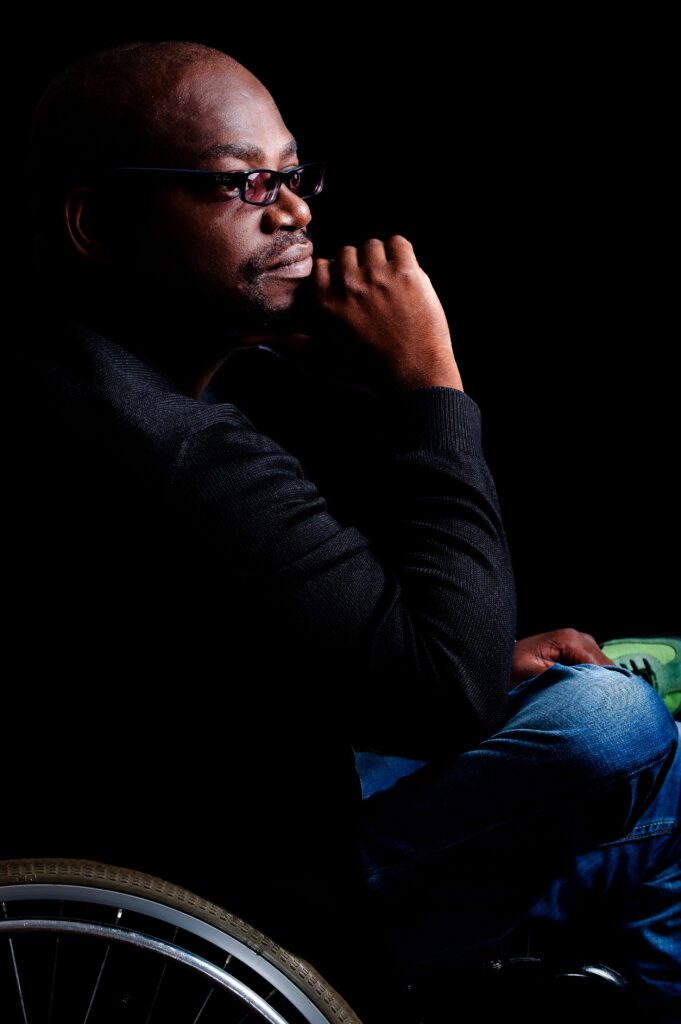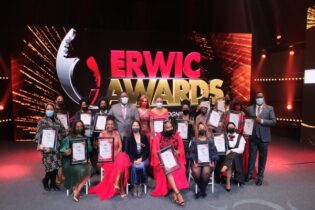Musa Zulu – published author, award-winning artist and disability activist – shares how a lack of water and sanitation facilities is often a life and death situation for disabled persons.

In most public spaces and private domains, persons with disabilities (in particular those with mobility challenges) endure the lack of access as a barrier often impossible or dangerous to overcome. This lack of access means that hygiene, self-navigation, socio-economic as well as leisure participation are limited or non-existent for these members of society. The situation is even more dire in townships, rural areas and inside the sprawling shack settlements where even the last line of human decency and privacy is lost.
“I have lost count of how many persons I have visited over the years during their early days of disability. But I will never forget the haunted look in their eyes as they told me of the one crippling fear that, when the day finally comes for their discharge from those rehabilitation institutions, they will be returning to a daunting challenge of their private and community settings where access, particularly to a toilet facility, is non-existent. How could they not be scared when evidence from a number of developing countries indicates that more than one in seven persons with disabilities finds the toilet at home hindering or not accessible. The ugly realities of non-inclusion in our society need addressing urgently – we need to understand the reality to offer pragmatic and practical solutions,” adds Zulu. How water and sanitation should be There are a number of actions to be considered to address the poor environment people with disabilities live in:- Mainstreaming – incorporate accessibility into the planning and design of all water sanitation and hygiene (WASH) facilities. Disability audits in public and private spaces must be carried out to improve, or construct, accessible toilet facilities to enhance access. The whole chain of design should be considered – from accessible hallways/pathways to adapted toilet facilities that allow the independence (and privacy) of a disabled individual.
- Knowledge management – building the capacity of water and sanitation practitioners’ holistic understanding of disability-related needs and accessibility matters, and encouraging them to consult with persons with disabilities in the processes of executing their development mandate.
- Inclusion – the participationof persons with disabilities in the planning, design, operations and maintenance of water and sanitation projects. People with disabilities should form part of Community Water and Sanitation Councils (CWSCs). CWSC membership should be upskilled to qualify as future local WASH practitioners who can come back to their communities to design and adapt water/sanitation facilities and systems to meet appropriate and sustainable disability standards.
- Employment of people with disabilities – water and sanitation sector stakeholders (government, private sector and civil society) must shift away from merely focusing on the need to employ 2% of their staff with disabilities but rather ensure that the voices of those still excluded are heard, involve persons with disabilities in the conceptualisation and implementation of inclusive systems, build practitioner capacity, and address the physical, institutional and social barriers that persons with disabilities are facing in accessing WASH facilities in their communities.







